DHHS → MeCDC → Disease Surveillance → Epidemiology → Zoonotic → Rabies
Rabies
On this page:
- About Rabies
- What is a Rabies Exposure?
- What should I Do After a Rabies Exposure?
- Animal Testing
- Rabies Post-Exposure Prophylaxis (PEP) in People
- Rabies Prevention
- Important Phone Numbers
- Rabies Data
- Maine Departmental Rabies Responsibilities
- General Resources
- Resources for Health Care Providers, Veterinarians, Animal Control Officers, and Game Wardens
About Rabies
- What is rabies?
Rabies is a disease caused by a virus. It affects the brain and spinal cord. Rabies can cause death if left untreated. Rabies in people is very rare in the United States, but rabies in animals - especially wildlife - is common in most parts of the country, including Maine. We call an animal with rabies a rabid animal. - How is rabies spread?
The rabies virus lives in the saliva, brain, and spinal cord (neural tissue) of infected animals. It spreads when a rabid animal bites or scratches a person or animal. It can also spread if a rabid animal's saliva or neural tissue comes in contact with a person or animal's mouth, nose or eyes, or if it enters a cut in the skin.
Rabies does not spread by petting animals or by touching dried saliva, blood, urine, or feces of a rabid animal. - What animals can carry rabies?
In Maine, the most commonly infected animals are skunks, raccoons, bats, and foxes. Rabies can infect any animal that has hair, but is very rare among small rodents like squirrels, rats, mice, and chipmunks.
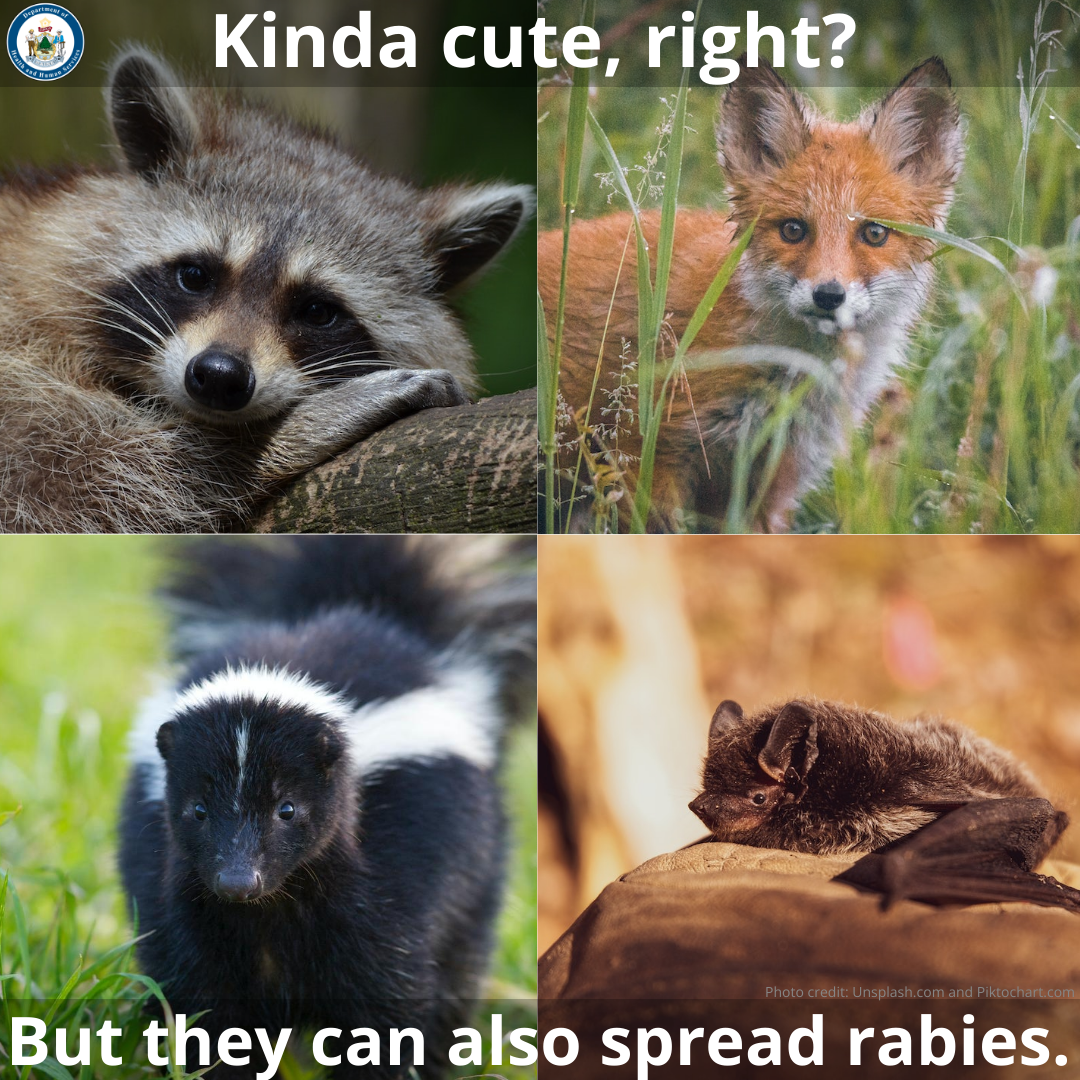
What is a Rabies Exposure?
- What is a rabies exposure?
A rabies exposure happens when the saliva or neural tissue of a rabid animal comes in contact with a person or animal through:- a bite or scratch
- cut in the skin
- the eyes, nose, or mouth
- What is a bat exposure?
Bats have very small mouths, which can make it hard to tell if a bat bit someone. A bat exposure may include:- Bites
- Scratches
- Handling a bat without gloves
- Waking up to a bat in the bedroom
- Finding a bat in a room with an unaccompanied child or incapacitated adult
- Pets or livestock holding a bat in their mouths or being in the same area as the bat, like a living room or barn
- Refer to the photo of a person's finger and bat skull:
- Image A: See the bat bite in a human finger at the tip of the arrow. Bat bites can be difficult to see or feel.
- Image B: A bat skull on a human finger. Bat teeth are tiny and you may not feel or see a bite.
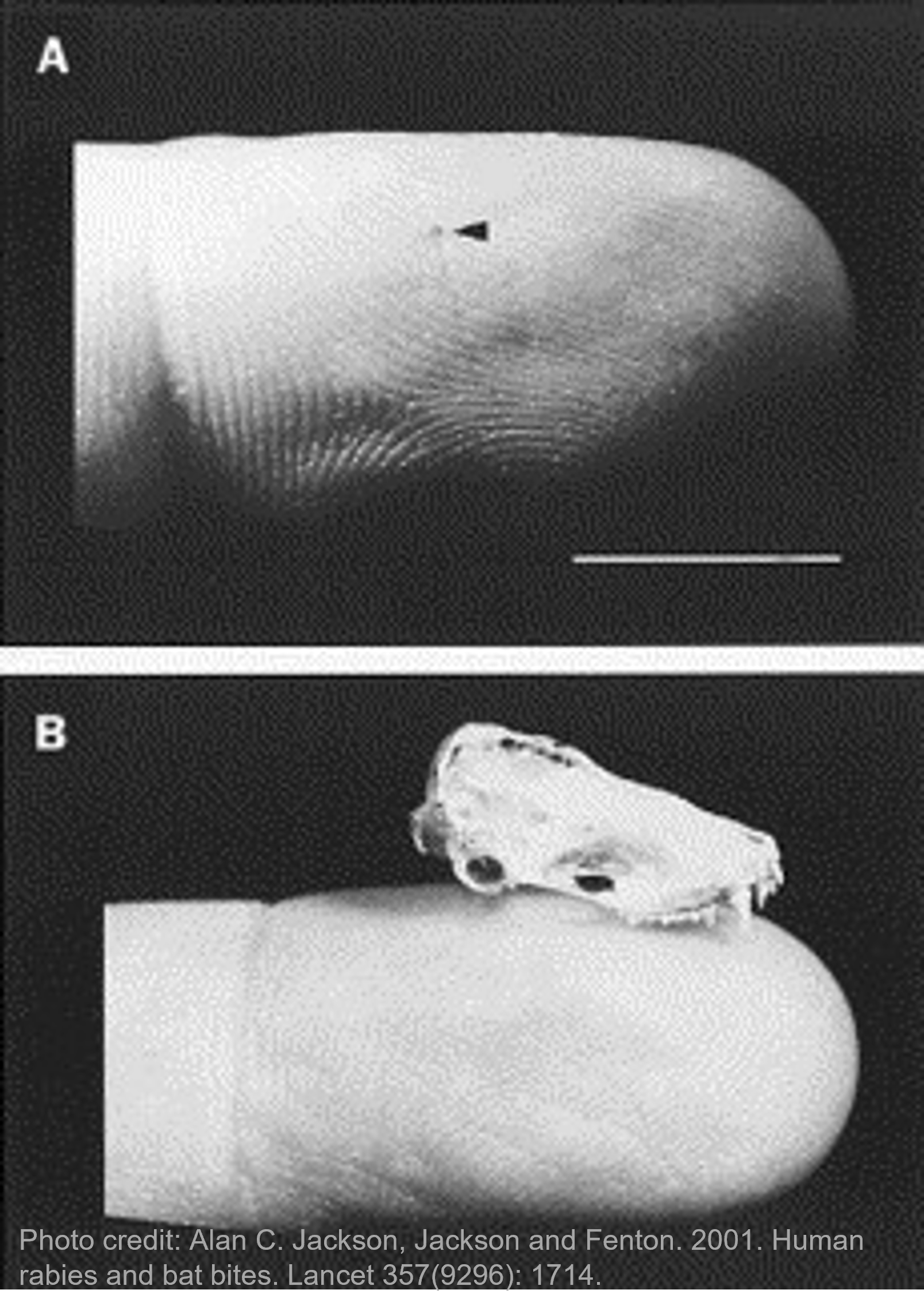
What Should I Do After a Rabies Exposure?
What to do if...
You have been exposed to a ...
- Domestic animal (cat or dog)
- Clean all wounds with soap and water for 10-15 minutes.
- Call your local animal control officer.
- Call a health care provider.
- The cat or dog will likely require a 10-day quarantine to rule out rabies.
- Wild animal (raccoon, skunk, bat, fox, or other wild animal)
- Clean all wounds with soap and water for 10-15 minutes.
- Call your local game warden.
- Call your health care provider.
- The wild animal needs to be tested to rule out rabies, if available. If not available for testing, any exposed person should start rabies post-exposure prophylaxis. Talk to your health care provider about this. (If the unavailable animal is a small rodent, rabbit, hare, or opossum, the exposed person does not need to start rabies post-exposure prophylaxis.)
Your Pet has been exposed to a...
- Domestic animal (cat or dog)
- Call your local animal control officer.
- Call your veterinarian.
- If fully vaccinated, the cat or dog will likely require a 45 day observation period to rule out rabies.
- Wild animal (raccoon, skunk, bat, fox, or other wild animal)
- Call your local game warden.
- Call your veterinarian
- The wild animal needs to be tested to rule out rabies, if available. If not available for testing, refer to veterinarian instructions.
Trapping and Releasing Bats
- In you think an exposure occurred, always try to capture the bat if you can do so safely.
- Never handle a bat with your bare hands. Wear thick leather gloves, if possible.
- Put a container over the bat once it lands, then gently slide cardboard underneath to trap the bat.
- Take care not to damage the bat's head. Damaging the head can make it impossible to test the bat.
- Only release the bat outdoors if you are 100% sure no people or pets were exposed. If you are at all uncertain, call Maine CDC before releasing the bat.
See also:
- Maine Rabies Management Guidelines, 2017 (PDF)
- Call Maine Center for Disease Control and Prevention at 1-800-821-5821.
Animal Testing
Maine's Health and Environmental Testing Laboratory tests animals for rabies if they were involved in potential exposures for humans or domestic animals and cannot be quarantined.
- If the animal is wild, contact the nearest Maine Department of Inland Fisheries and Wildlife's Warden Service Dispatch Center.
- If the animal is a domestic animal, contact your local Animal Control Officer.
- A game warden or animal control officer can help get the animal to the state lab for rabies testing. You can also deliver the animal to the lab for testing yourself. The state lab can accept whole bats, but only accepts the head of other animals for testing. Do not mail the animal to the lab yourself.
- For sample submission requirements and guidelines please visit the rabies data page.
Rabies Post-Exposure Prophylaxis in People
Rabies is almost always fatal in humans, but timely treatment following exposure can help prevent disease. The treatment after a potential rabies exposure to prevent illness is called rabies post-exposure prophylaxis (PEP). If you have had a potential rabies exposure, contact a health care provider and they will help you understand if rabies PEP is right for you.
Rabies PEP consists of several injections given over a few weeks:
- One dose of human rabies immune globulin (HRIG), and
- A series of rabies vaccines.
Rabies is a medical urgency but not an emergency. In most cases, you can wait to start rabies PEP until after lab results come back for the tested animal or the 10-day quarantine period is over (domestic animals only).
- If the tested animal comes back positive for rabies or if the animal dies during the 10-day quarantine, you should start rabies PEP right away.
- If the tested animal does not have rabies or the animal survives the 10-day quarantine, you do not need rabies PEP. If you started rabies PEP, you can stop at this point.
Rabies Prevention
Preventing Rabies in People
- Enjoy wildlife from a distance. Avoid having any contact with wild animals or animals you do not know, including injured animals. If you find an injured animal, call your local game warden or animal control officer.
- Fasten trash can lids tightly and do not leave pet food outside. This keeps animals away from your house.
- Talk to an exterminator or contractor or Maine Department of Inland Fisheries and Wildlife Biologist about "bat-proofing" your home or building.
- If you are traveling to another country, talk to a health care provider to see if getting vaccinated for rabies before traveling is the right decision for you.
Preventing Rabies in Pets and Livestock
- Work with your veterinarian to keep all dogs, cats, ferrets, and livestock current on rabies vaccinations. It is the law in Maine that all dogs and cats must be vaccinated against rabies after a certain age.
- Consider keeping all cats and ferrets indoors and dogs under direct supervision when outdoors to help prevent contact with wild animals.
- Spay or neuter your pets to help reduce the number of stray animals.
- Call animal control if you see stray animals in your neighborhood since these animals may be unvaccinated or ill.
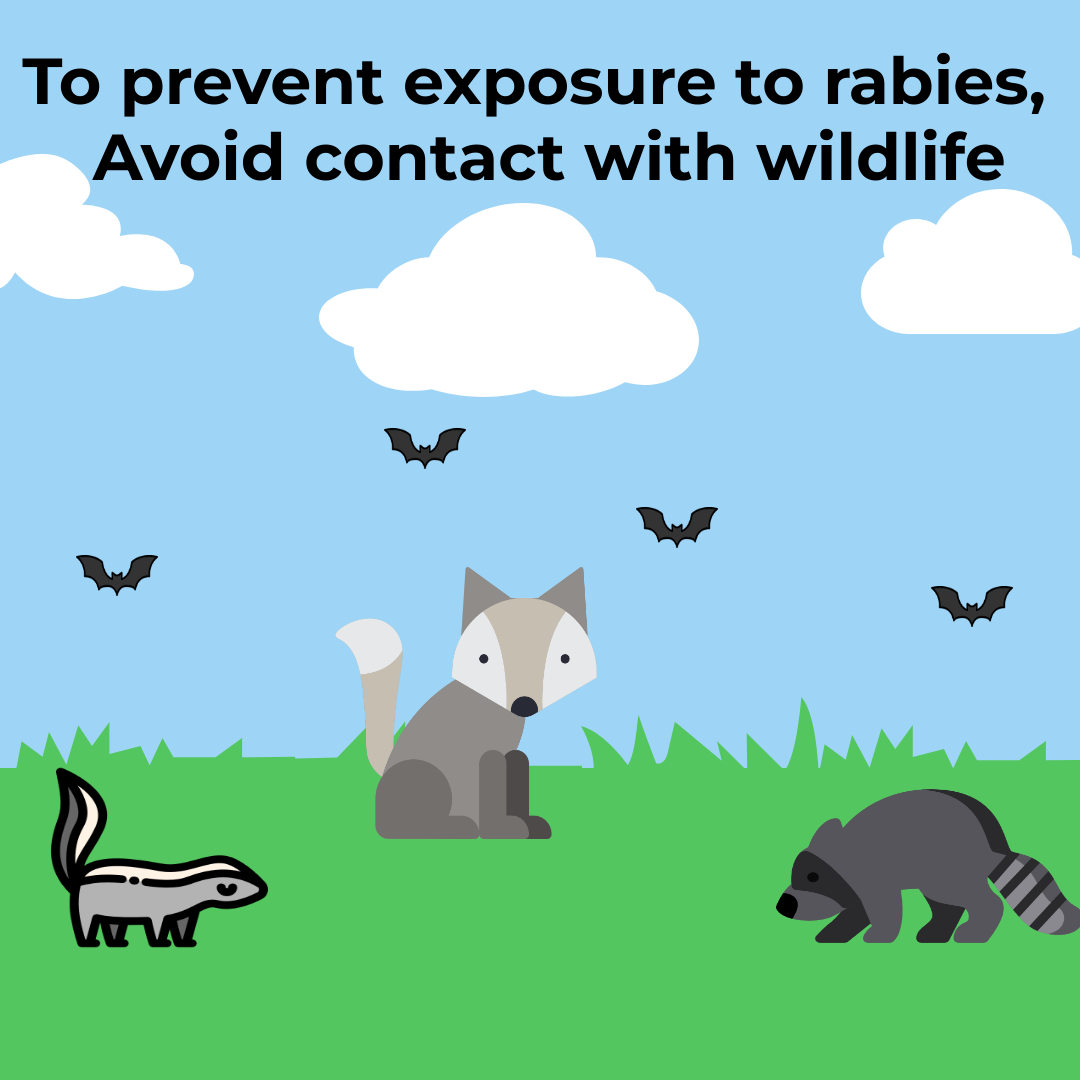
Important Phone Numbers
For questions about domestic animal exposures:
- Find your local animal control officer here or contact your town office, city hall, or local law enforcement agency
- Department of Agriculture, Conservation, and Forestry: 207-287-3701
Pet Animals - Dogs, Cats, Ferrets, etc.
Livestock - Horses, Cattle, Sheep, Goats, etc.
For questions about wild animal exposures:
- Augusta: 1-800-452-4664
- Bangor: 1-800-432-7381
- Houtlon: 1-800-924-2261
Game Warden Service Dispatch Center:
For any questions about rabies exposures:
- 1-800-821-5821
- TTY: 207-287-8016
Maine CDC Disease Reporting and Consultation Line (available 24/7):
For questions about dropping animals off at the lab for testing:
- 207-287-2727
Health and Environmental Testing Laboratory:
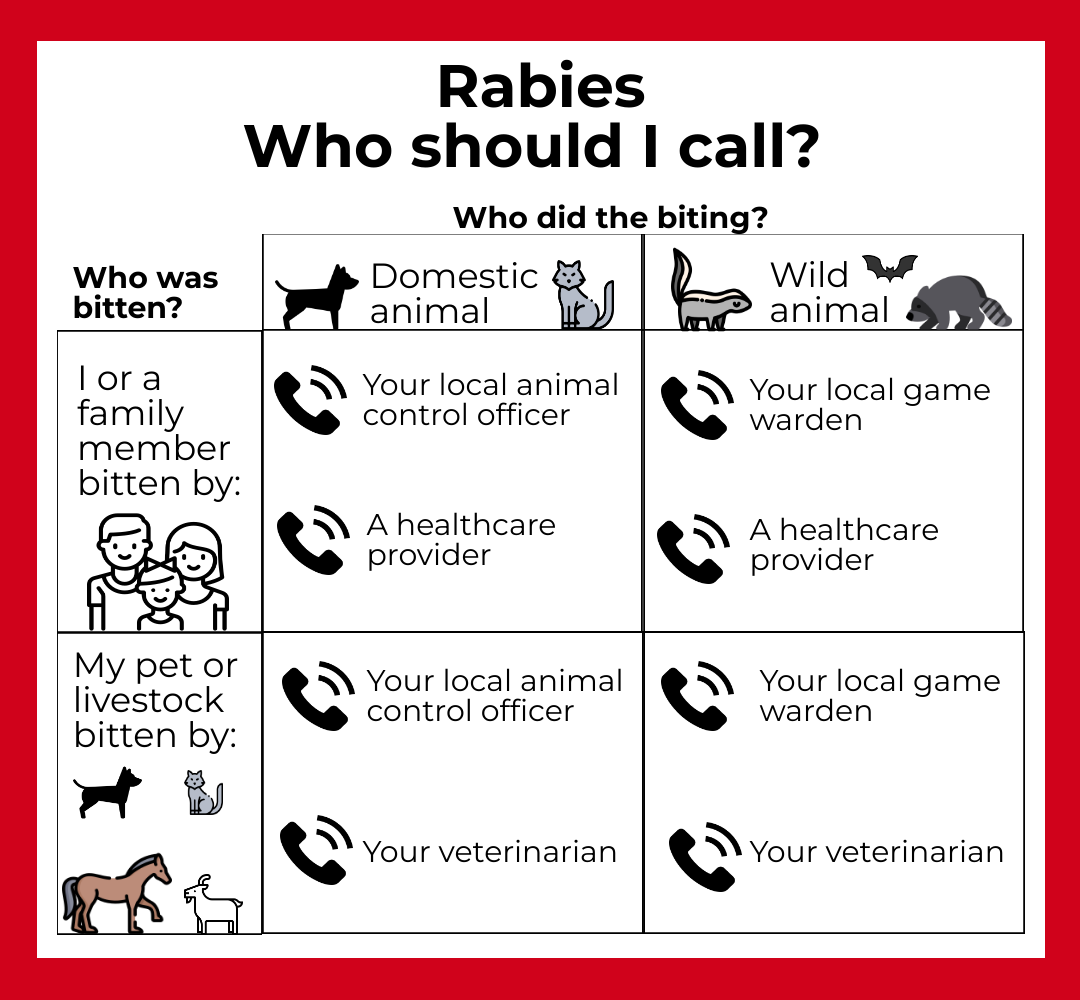
Rabies Data
- Rabies Surveillance Reports (PDF) 2010 | 2011 | 2012 | 2013 | 2014 | 2015 | 2018 | 2019 | 2020 | 2021 | 2022 | 2023
- HETL Rabies Data by Year
Rabies Data Dashboard
This data shows samples submitted to Maine's Health and Environmental Testing Laboratory for rabies testing. Testing completed by other groups, such as the U.S. Department of Agriculture (USDA) is not shown here.
Maine Departmental Rabies Responsibilities
Maine Department of Inland Fisheries and Wildlife (Maine IF&W)
Maine IF&W provides education and outreach to prevent wildlife conflicts. It strives to maintain healthy wildlife populations through hunting and trapping. This includes those species at high risk for rabies, including raccoons, skunks, and foxes. When potential rabies exposures occur, Maine IF&W responds to protect people and to capture, relocate, and/or dispatch the wild animal. This ensures that proper handling and testing occurs. Maine IF&W will arrange to get the wild animal specimen to the laboratory.
Summary of roles in rabies response:
- Works with public on wildlife conflict prevention and management strategies.
- Uses hunting and trapping to keep populations of high-risk species healthy (especially raccoons, skunks, and foxes).
- Responds to wildlife conflict and potential rabies exposures. The goal is to protect people, capture, relocate, and/or dispatch the wild animal, and ensure proper handling and testing.
- Assists with transporting of wildlife to Maine CDC for testing when appropriate.
Maine Department of Agriculture, Conservation and Forestry (Maine DACF)
DACF provides education about and enforcement of rabies control regulations for domestic animal species. DACF enforces laws requiring all dogs and cats, including indoor cats, be vaccinated against rabies. It also strongly encourages rabies vaccination of all domestic animals for which there is a vaccine. DACF also provides training to municipal Animal Control Officers, as these officers are generally the first line of defense in rabies prevention and control programs in Maine.
Summary of roles in rabies response:
- Provides education about and enforcement of rabies control regulations for domestic animal species.
- Recommends vaccination of all domestic animals for which there is a vaccine available. This includes indoor cats.
- Provide training to municipal Animal Control Officers. These officers are the first line of defense in rabies prevention and control programs in Maine.
The USDA-APHIS Wildlife Services program in Maine follows the guidelines set by the National Rabies Management Program. The goal of this program is to prevent the further spread of rabies in the United States. To do so, this program uses an integrated approach that involves the use of oral rabies vaccination targeting wild animals. In Maine, USDA Wildlife Services is working to halt the spread of rabies along high risk corridors throughout the eastern U.S. and Canadian border before focusing efforts to eliminate rabies at the local level.
Summary of roles in rabies response:
- Administers the National Rabies Management Program in Maine.
- Works with Canadian partners to distribute oral rabies vaccine along border with New Brunswick, Quebec, and Ontario.
- The Maine program primary rabies control goal focuses on limiting the spread of rabies along high risk spread corridors in the eastern U.S. and Canadian border. A phase two goal will focus on raccoon rabies elimination at the local and state level.
Maine Center for Disease Control and Prevention (Maine CDC)
Maine CDC provides rabies education to the public and partners. A consultation service is available 24/7 for partners and the public. Maine CDC coordinates animal testing with the Maine Health and Environmental Testing Laboratory, investigates positive cases, and provides guidance for post-exposure treatment.
Summary of roles in rabies response:
- Provides public education about rabies exposure and prevention.
- Provides 24/7 phone line for partners and the public.
- Tests animals at the Maine Health and Environmental Testing Laboratory.
- Investigates exposures and provides advice for post-exposure prevention.
General Resources
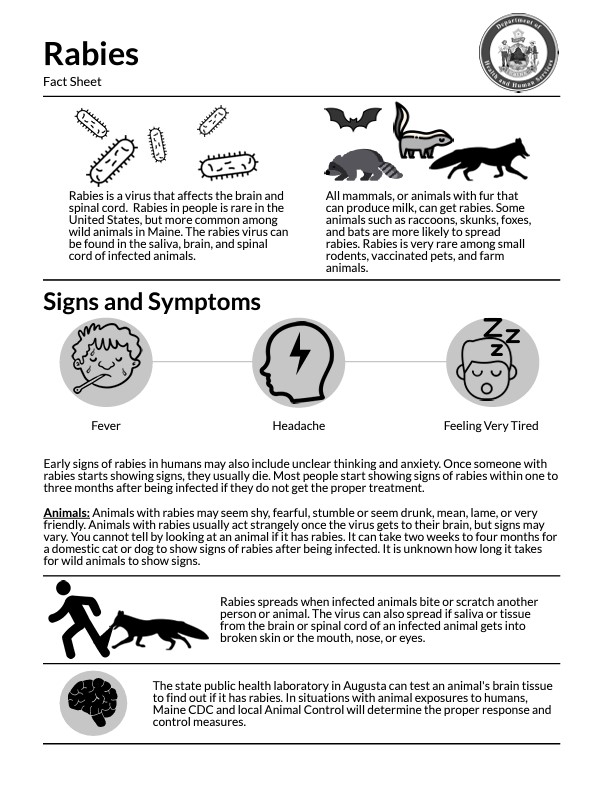
Rabies Fact Sheet (PDF) | عربي (PDF) | Français (PDF) | Kreyòl Ayisyen (PDF) | Lingala (PDF) | Português (PDF) | Soomaali (PDF) | Español (PDF) | Tiếng Việt (PDF)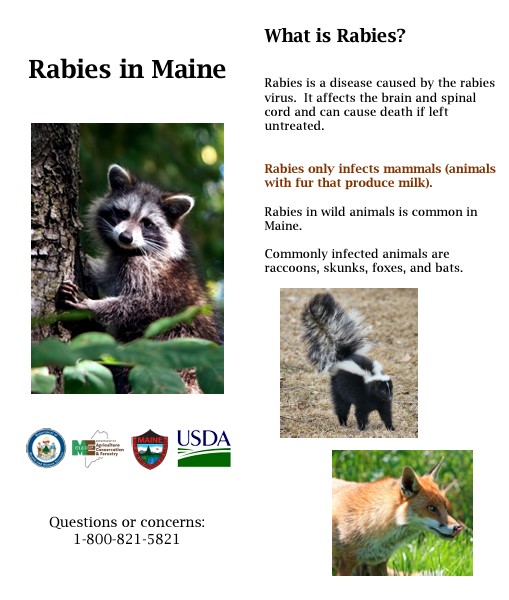
Rabies in Maine Brochure (PDF)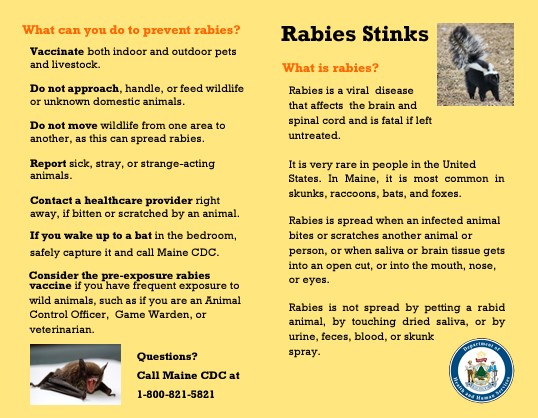
Rabies Pocket Card (PDF)
Orderable Materials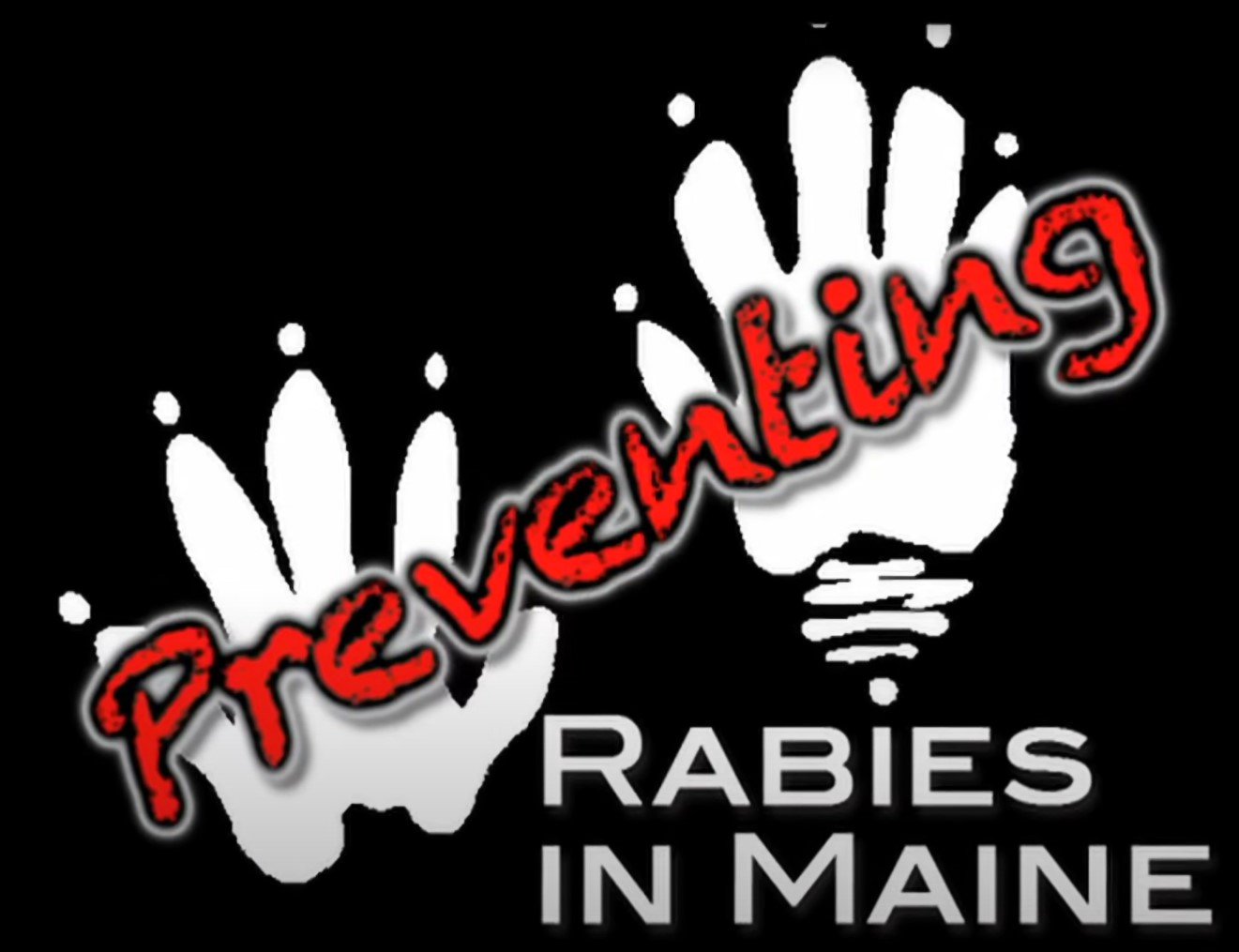
Video: Preventing Rabies in Maine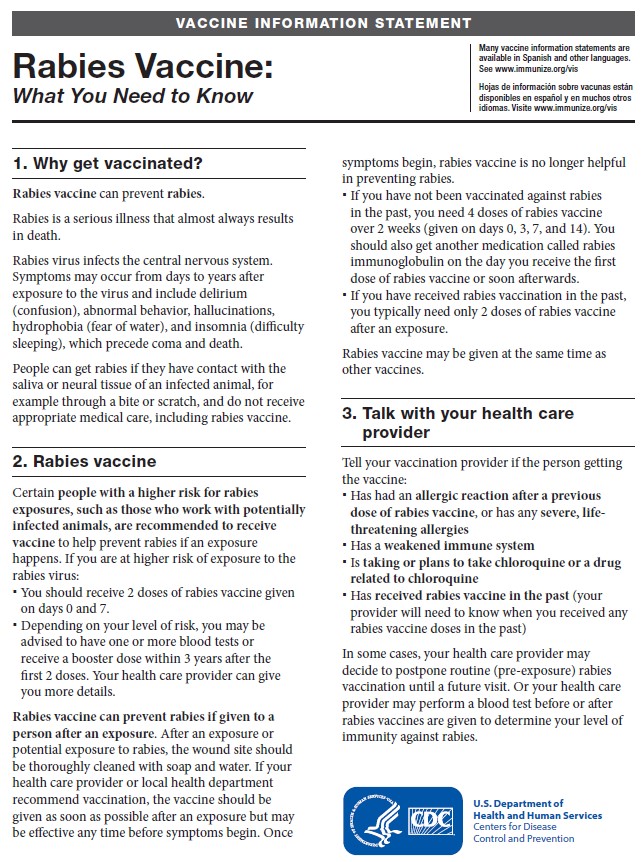
Rabies Vaccine Information Statement (PDF)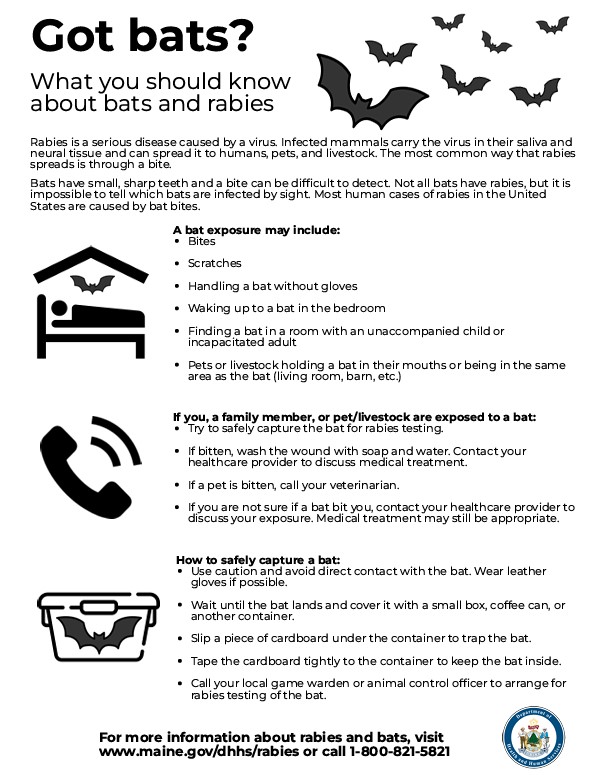
Bats and Rabies - What You Should Know (PDF)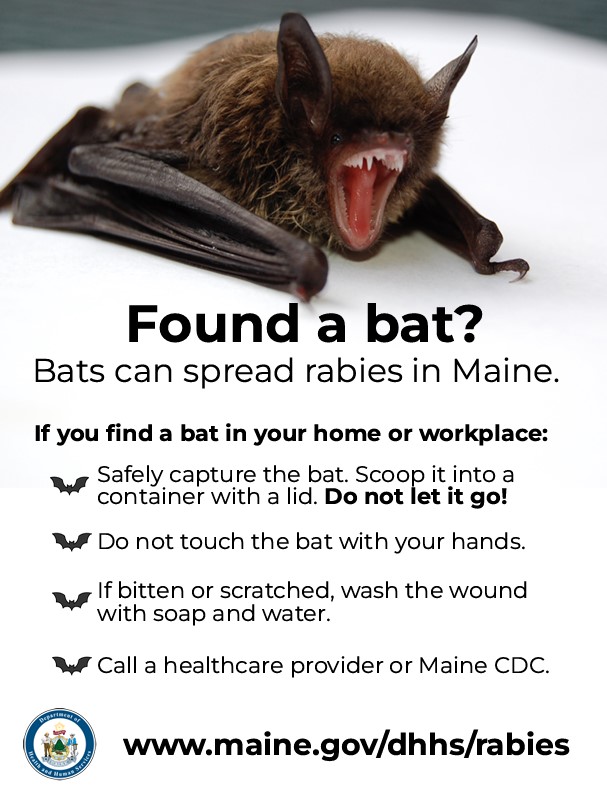
Found a Bat? Poster (PDF)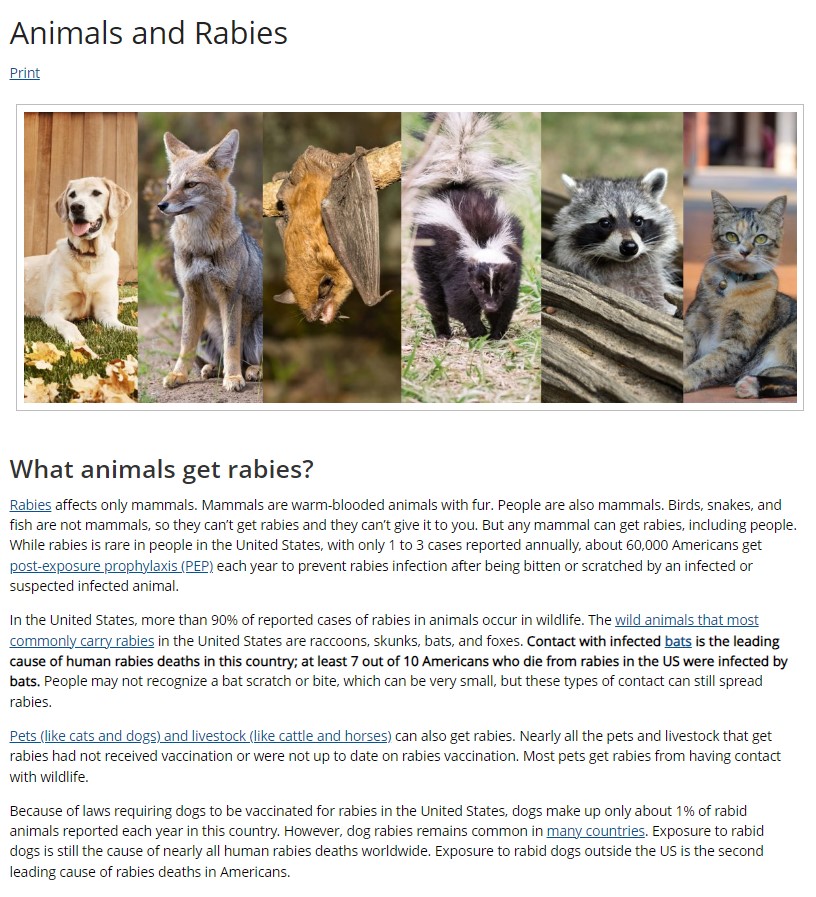
U.S. CDC Rabies
Resources for Health Care Providers, Veterinarians, Animal Control Officers, and Game Wardens
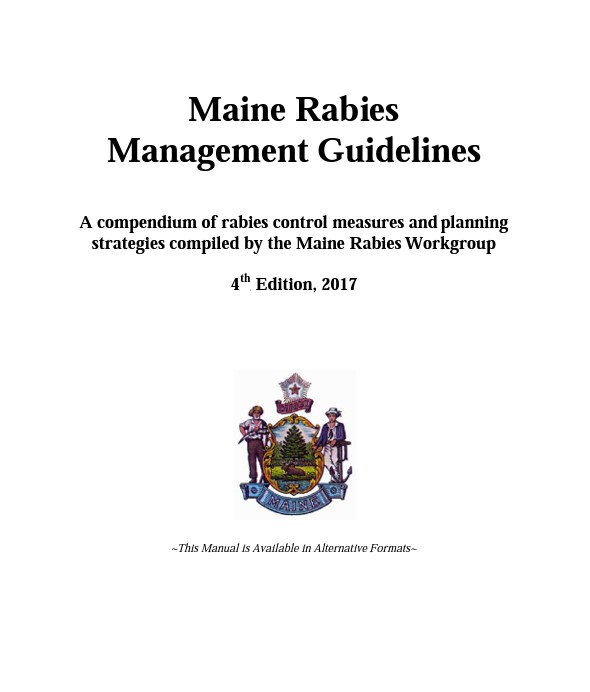
Rabies Management Guidelines, 4th Edition, 2017 (PDF)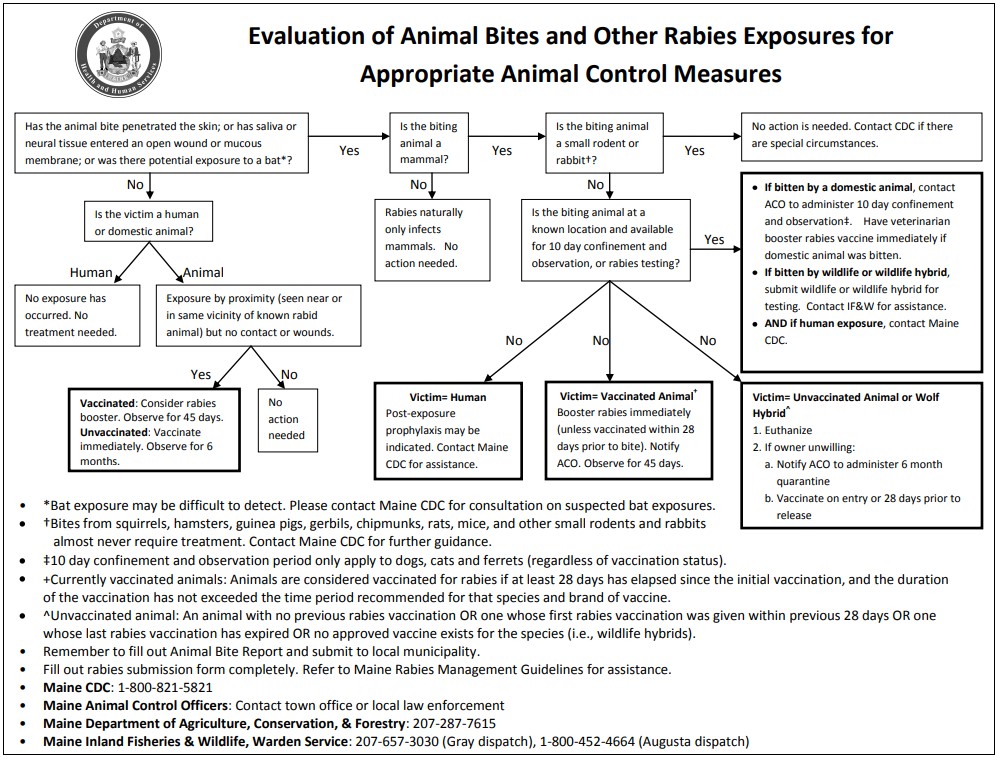
Evaluation of Animal Bites and Other Rabies Exposures for Appropriate Animal Control Measures (PDF)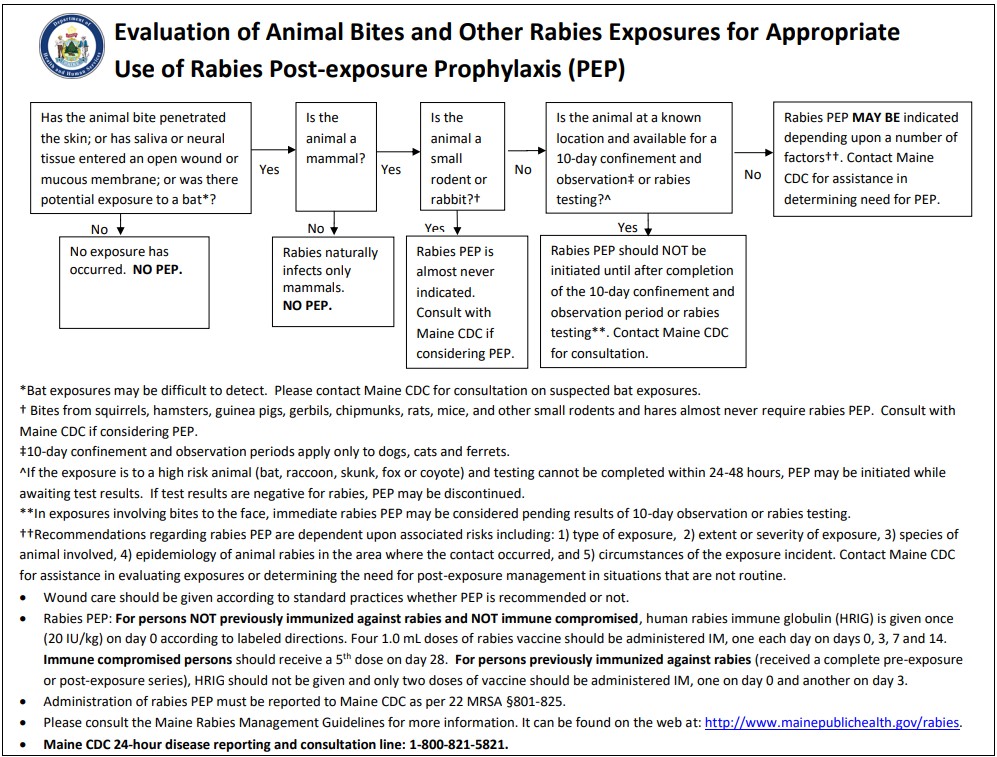
Evaluation of Animal Bites and Other Rabies Exposures for Appropriate Use of Rabies Post-Exposure Prophylaxis (PEP) (PDF)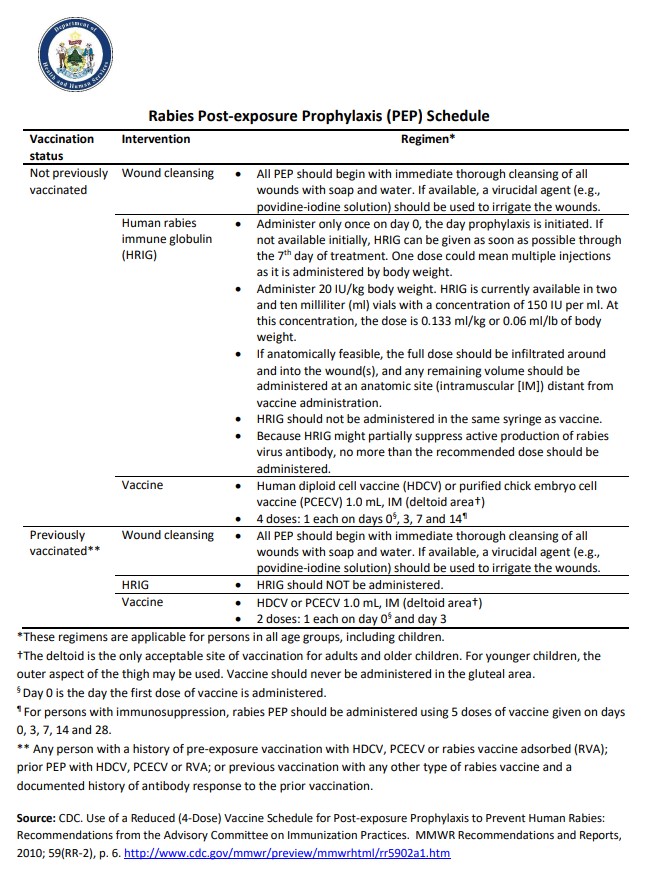
Rabies Post-Exposure Prophylaxis (PEP) Schedule for Health Care Providers (PDF)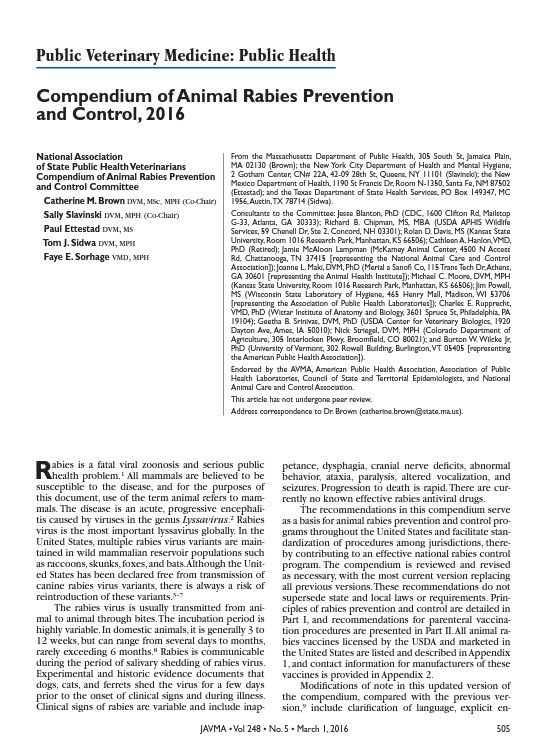
NASPHV Compendium of Animal Rabies Prevention and Control, 2016 (PDF)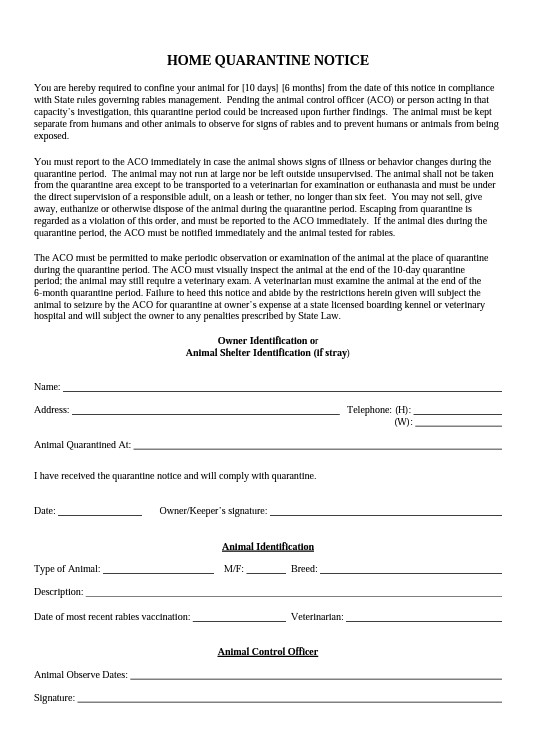
Rabies Home Quarantine Notice (PDF)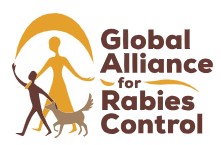
Global Alliance for Rabies Control Rabies Education Certificates
Photos from U.S. CDC. Icons from www.flaticon.com and Piktochart.

